Latest about Mac Apps
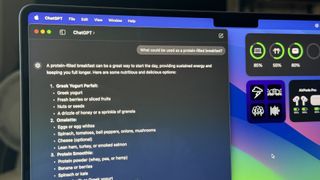
ChatGPT on Mac just got a big update in the EU
By Lloyd Coombes published
More regions now have access to ChatGPT's Memory functionality on macOS.

Apple goes after Adobe Premiere with its new Final Cut Pro ads
By Joe Wituschek published
Apple has released two new ads for Final Cut Pro — one for the Mac app, and one for the iPad app.

ChatGPT upgrade for Mac now better than ever for productivity
By Daryl Baxter published
A new update to ChatGPT on Mac introduces a new companion window to help your workflow.
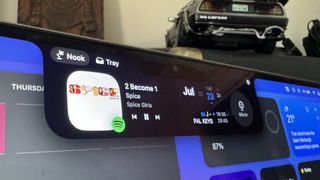
This MacBook app generated $100,000 in seven days, now Stripe won't pay up
By Daryl Baxter published
NotchNook, the popular app that gives Macs a Dynamic Island, is owed over $100,000 by Stripe.

Maybe hold off on using the X iPad app on your Mac after all, as accounts are getting suspended
By Connor Jewiss published
After removing the Twitter app from the Mac App Store, X suggested you use the iPad app on your Mac. But you might want to hold off, with reports of users getting suspended.

The Mac app for Twitter appears gone for good, after being removed from the App Store
By Connor Jewiss published
It looks like X has officially killed the abandoned Twitter app for Mac, after it was removed from the App Store. Those with Apple Silicon Macs can use the iPad app instead.
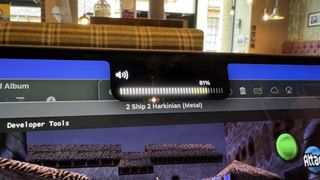
NotchNook — app that turns MacBook notch into a Dynamic Island — is now better than ever
By Daryl Baxter published
NotchNook has been updated to display your Mac’s volume and brightness toggles, unofficially catching up to iPhone and iPad.

The 100 best Mac apps in 2025
By Joe Wituschek, Daryl Baxter last updated
Free or paid, these are the best apps you should download for your Mac right now.

Adobe updates Photoshop and Illustrator with new generative AI tools
By Daryl Baxter published
Adobe is rolling out a new set of AI tools for its Photoshop and Illustrator apps to help you add colorful patterns to vector shapes and lots more.

This $25 app gives my MacBook Pro a Dynamic Island, and it was worth every penny
By Daryl Baxter published
I’ve only been using NotchNook for the past 24 hours, but it’s already a contender to be my best Mac app of 2024.
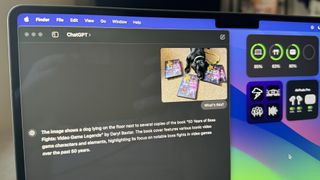
ChatGPT has arrived on Apple silicon Macs as a desktop app
By Daryl Baxter published
ChatGPT has finally arrived on Apple silicon Macs as an app with some powerful features that I’m already taking advantage of.

I didn't get Slack notifications on my Mac for over a year because of one hidden setting
By John-Anthony Disotto published
Quick Tips I've not seen a Slack notification in over a year, but it turns out all I had to do was turn on one simple setting.
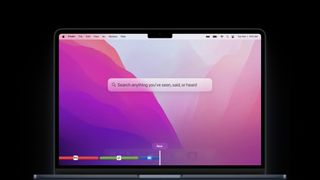
Excited (or worried) about Windows Recall AI feature? Mac has had it for two years
By Connor Jewiss published
Microsoft recently announced its Recall AI feature that can show you everything you've done on your laptop. But with this third-party app, Mac has had the feature for two years already.

You can get access to ChatGPT's Mac app right now with this trick
By Lloyd Coombes published
If you can't wait to check out the ChatGPT Mac app, this is the best way to jump in.
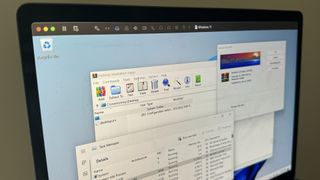
There's now a free way to use Windows 11 on your Mac
By Daryl Baxter published
VMware Fusion Pro 13 is now free for all users, allowing you to run Windows 11 on a Mac.

Limitless is a Mac app that uses AI to turn your computer into a personal assistant
By Connor Jewiss published
Limitless is a new Mac app and wearable that listens to your meetings to act as a personal assistant for you, and hopes to succeed where Humane failed.
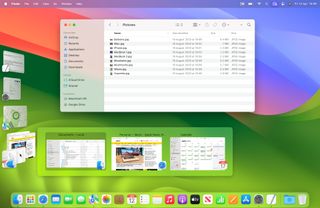
Stage View: Is this app the fix Stage Manager for Mac needs?
By Alex Blake published
Stage View adds previews to apps and windows in the Stage Manager sidebar. Is it worth your cash?
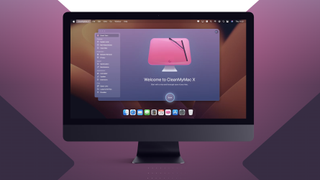
Beware fake CleanMyMac apps that try to steal your passwords and data, company behind the app warns
By Oliver Haslam published
The company behind the CleanMyMac app has warned of imposter apps that are trying to steal your passwords and data.
iMore offers spot-on advice and guidance from our team of experts, with decades of Apple device experience to lean on. Learn more with iMore!


